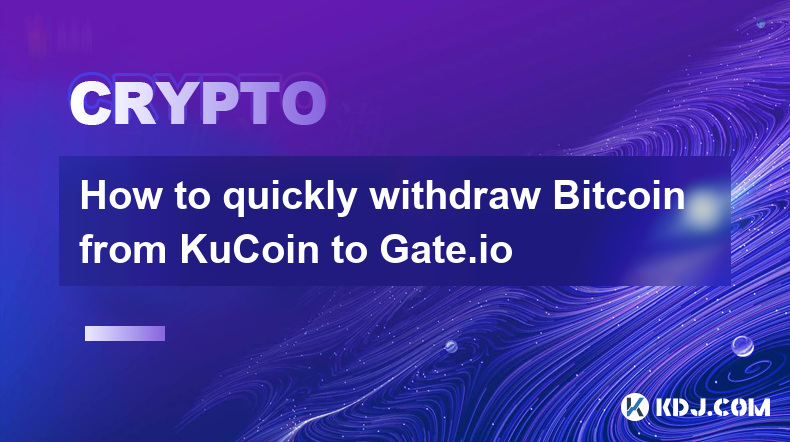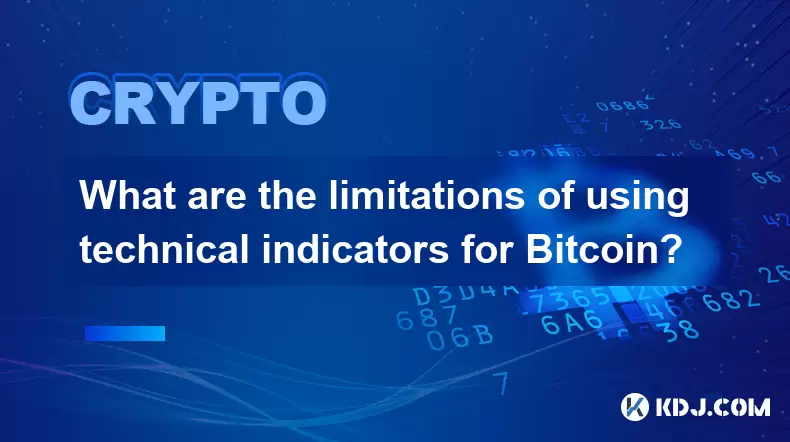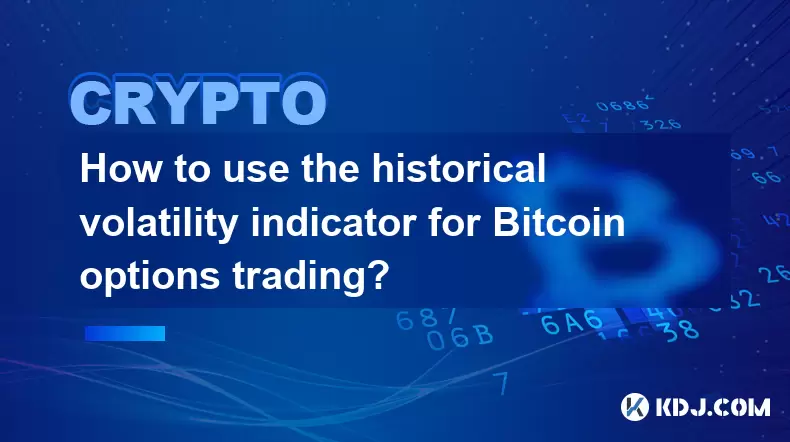-
 Bitcoin
Bitcoin $108,250.0992
0.11% -
 Ethereum
Ethereum $2,515.9404
0.03% -
 Tether USDt
Tether USDt $1.0003
0.00% -
 XRP
XRP $2.2166
-0.19% -
 BNB
BNB $656.5904
0.29% -
 Solana
Solana $147.4122
-0.58% -
 USDC
USDC $1.0000
-0.01% -
 TRON
TRON $0.2830
0.06% -
 Dogecoin
Dogecoin $0.1641
0.27% -
 Cardano
Cardano $0.5739
-0.19% -
 Hyperliquid
Hyperliquid $39.1463
-0.11% -
 Sui
Sui $2.8882
-0.02% -
 Bitcoin Cash
Bitcoin Cash $487.6428
0.31% -
 Chainlink
Chainlink $13.2097
0.07% -
 UNUS SED LEO
UNUS SED LEO $9.0308
0.10% -
 Avalanche
Avalanche $17.8608
0.13% -
 Stellar
Stellar $0.2379
-0.06% -
 Toncoin
Toncoin $2.7400
-0.39% -
 Shiba Inu
Shiba Inu $0.0...01144
-0.36% -
 Litecoin
Litecoin $87.5467
0.66% -
 Hedera
Hedera $0.1538
0.22% -
 Monero
Monero $315.5479
0.36% -
 Dai
Dai $1.0000
0.00% -
 Polkadot
Polkadot $3.3523
-0.71% -
 Ethena USDe
Ethena USDe $1.0003
0.01% -
 Bitget Token
Bitget Token $4.3960
-1.03% -
 Uniswap
Uniswap $7.2663
4.19% -
 Aave
Aave $272.8619
2.04% -
 Pepe
Pepe $0.0...09676
-0.18% -
 Pi
Pi $0.4586
-2.87%
How to quickly withdraw Bitcoin from KuCoin to Gate.io
To securely withdraw Bitcoin from KuCoin to Gate.io, verify accounts, enable 2FA, generate a Gate.io deposit address, and monitor the transaction on the blockchain.
Apr 13, 2025 at 05:01 am

Withdrawing Bitcoin from KuCoin to Gate.io involves several steps that ensure the process is secure and efficient. Before beginning, it's essential to understand that cryptocurrency transactions are irreversible, so accuracy in entering details is crucial. This guide will walk you through the process, from setting up your accounts to completing the transfer. By following these steps, you can ensure a smooth and quick withdrawal of your Bitcoin from KuCoin to Gate.io.
Preparing Your Accounts
Before you can transfer Bitcoin from KuCoin to Gate.io, you need to ensure that both accounts are set up and ready for transactions. Here are the steps to prepare your accounts:
- Verify your KuCoin account: Ensure that your KuCoin account is fully verified. This usually involves submitting identification documents and completing any required KYC (Know Your Customer) processes.
- Verify your Gate.io account: Similarly, make sure your Gate.io account is verified. This step is crucial for both security and compliance with regulatory standards.
- Enable Two-Factor Authentication (2FA): On both platforms, enable 2FA to add an extra layer of security to your accounts. This can be done using apps like Google Authenticator or Authy.
- Check withdrawal limits: Familiarize yourself with the withdrawal limits on both KuCoin and Gate.io. These limits can affect how much Bitcoin you can transfer at once.
Generating a Bitcoin Deposit Address on Gate.io
To receive Bitcoin on Gate.io, you need to generate a deposit address. Here’s how to do it:
- Log into your Gate.io account: Use your credentials to access your account.
- Navigate to the deposit section: Go to the "Wallet" or "Deposit" section of the platform.
- Select Bitcoin (BTC): From the list of available cryptocurrencies, choose Bitcoin.
- Generate a new deposit address: Click on the option to generate a new Bitcoin deposit address. This address will be unique and used for receiving Bitcoin.
- Copy the address: Make sure to copy the address accurately. A single mistake can result in the loss of your funds.
Initiating the Withdrawal on KuCoin
Once you have your Gate.io Bitcoin deposit address, you can proceed with the withdrawal from KuCoin. Follow these steps:
- Log into your KuCoin account: Access your KuCoin account using your credentials.
- Navigate to the withdrawal section: Go to the "Assets" or "Withdraw" section of the platform.
- Select Bitcoin (BTC): From the list of cryptocurrencies, choose Bitcoin.
- Enter the withdrawal amount: Specify the amount of Bitcoin you wish to withdraw. Be mindful of the withdrawal fees and minimum withdrawal amounts.
- Enter the Gate.io deposit address: Paste the Bitcoin deposit address you generated on Gate.io into the withdrawal form on KuCoin.
- Review the transaction details: Double-check all the details, including the amount and the recipient address, to ensure everything is correct.
- Confirm the withdrawal: Use your 2FA code to confirm the withdrawal. Once confirmed, the transaction will be processed.
Monitoring the Transaction
After initiating the withdrawal, it’s important to monitor the transaction to ensure it completes successfully. Here’s what you should do:
- Check the transaction status on KuCoin: Immediately after confirming the withdrawal, check the transaction status on KuCoin. It should show as "Processing" or "Pending."
- Monitor the Bitcoin blockchain: Use a blockchain explorer like Blockchain.com or Blockchair to track the transaction using the transaction ID (TXID) provided by KuCoin.
- Verify the deposit on Gate.io: Once the transaction is confirmed on the blockchain, check your Gate.io account to ensure the Bitcoin has been credited to your wallet.
Understanding Withdrawal Fees and Times
Withdrawal fees and processing times can vary, so it’s important to understand these factors before initiating a transfer. Here’s what you need to know:
- KuCoin withdrawal fees: KuCoin charges a fee for Bitcoin withdrawals. This fee can vary based on network conditions and is typically displayed before you confirm the withdrawal.
- Gate.io deposit fees: Gate.io may also charge a fee for receiving Bitcoin, although this is less common. Check their fee schedule to be sure.
- Transaction times: Bitcoin transactions can take anywhere from 10 minutes to several hours to confirm, depending on network congestion and the fee you paid. Higher fees can result in faster confirmations.
Troubleshooting Common Issues
Sometimes, issues can arise during the withdrawal process. Here are some common problems and how to address them:
- Incorrect address: If you entered the wrong address, the Bitcoin will be sent to that address, and it will be very difficult to recover. Always double-check the address before confirming the withdrawal.
- Insufficient funds: Ensure you have enough Bitcoin in your KuCoin account to cover both the withdrawal amount and the fee. If not, the transaction will fail.
- Network congestion: During times of high network activity, Bitcoin transactions can take longer to confirm. Be patient and monitor the transaction status.
- Technical issues: If you encounter technical problems on either platform, contact their customer support for assistance.
Security Tips for Cryptocurrency Transfers
Security is paramount when dealing with cryptocurrencies. Here are some tips to keep your transactions safe:
- Use strong passwords: Ensure your passwords for both KuCoin and Gate.io are strong and unique.
- Enable 2FA: Always use two-factor authentication to add an extra layer of security to your accounts.
- Be wary of phishing: Never click on suspicious links or enter your credentials on unverified websites.
- Keep software updated: Ensure that your devices and any software you use for cryptocurrency transactions are up to date to protect against vulnerabilities.
Common Questions Related to Withdrawing Bitcoin from KuCoin to Gate.io
Q: How long does it take to withdraw Bitcoin from KuCoin to Gate.io?
A: The time it takes can vary based on network congestion and the fee you pay. Typically, it can take anywhere from 10 minutes to several hours.
Q: What are the fees for withdrawing Bitcoin from KuCoin to Gate.io?
A: KuCoin charges a withdrawal fee for Bitcoin, which can vary. Gate.io may also charge a deposit fee, though this is less common. Always check the fee schedules on both platforms before initiating a transfer.
Q: Can I cancel a Bitcoin withdrawal after it has been initiated?
A: Once a Bitcoin withdrawal is confirmed, it cannot be canceled. It’s crucial to double-check all details before confirming the transaction.
Q: What should I do if my Bitcoin withdrawal from KuCoin to Gate.io is delayed?
A: Monitor the transaction using a blockchain explorer. If the transaction remains unconfirmed for an extended period, contact KuCoin’s customer support for assistance.
Q: Is it safe to withdraw Bitcoin from KuCoin to Gate.io?
A: Yes, as long as you follow security best practices, such as using strong passwords, enabling 2FA, and double-checking addresses, the process is generally safe.
Disclaimer:info@kdj.com
The information provided is not trading advice. kdj.com does not assume any responsibility for any investments made based on the information provided in this article. Cryptocurrencies are highly volatile and it is highly recommended that you invest with caution after thorough research!
If you believe that the content used on this website infringes your copyright, please contact us immediately (info@kdj.com) and we will delete it promptly.
- Litecoin Breakout Watch: What Traders Need to Know Now
- 2025-07-06 16:50:13
- Bitcoin, Solana, Ethereum: Decoding the Latest Buzz on the Blockchain
- 2025-07-06 16:50:13
- Widnes Resident's 50p Could Be Your Ticket to Easy Street: Rare Coin Mania!
- 2025-07-06 16:55:13
- Bitcoin, Solaris Presale, and Token Rewards: What's the Buzz?
- 2025-07-06 16:55:13
- Ethereum Under Pressure: Price Drop Amid Global Uncertainties
- 2025-07-06 17:00:13
- XRP, SEC Case, and Prosperity: A New Era for XRP Holders?
- 2025-07-06 17:10:13
Related knowledge

What is the Woodies CCI indicator and can it be used for Bitcoin?
Jul 04,2025 at 05:14pm
Understanding the Woodies CCI IndicatorThe Woodies CCI indicator is a variation of the traditional Commodity Channel Index (CCI), which was originally developed by Donald Lambert. The standard CCI measures the current price level relative to an average price over a given period, typically 14. However, the Woodies version modifies this calculation to mak...

How to use indicators to trade the opening range breakout for Bitcoin CME futures?
Jul 05,2025 at 07:35pm
What Is the Opening Range Breakout Strategy?The opening range breakout (ORB) strategy is a popular trading technique used in both traditional markets and cryptocurrency futures, particularly for Bitcoin on the CME. This method involves identifying a specific price range formed during the early phase of a trading session and then taking positions when th...

What does a bearish cross on the Stochastic RSI mean for Bitcoin?
Jul 05,2025 at 07:18pm
Understanding the Stochastic RSI IndicatorThe Stochastic RSI (Relative Strength Index) is a momentum oscillator used in technical analysis to identify overbought or oversold conditions in an asset's price. It combines two well-known indicators — the RSI and the Stochastic Oscillator — to provide more nuanced signals than either could alone. The Stochast...

What are the limitations of using technical indicators for Bitcoin?
Jul 06,2025 at 03:35am
Understanding the Role of Technical Indicators in Cryptocurrency TradingIn the realm of Bitcoin trading, technical indicators are tools used by traders to analyze historical price data and volume to predict future price movements. These indicators—such as Moving Averages, Relative Strength Index (RSI), and MACD—are widely adopted across traditional fina...

How to use the historical volatility indicator for Bitcoin options trading?
Jul 06,2025 at 04:14am
Understanding the Historical Volatility IndicatorThe historical volatility indicator (HV) is a statistical measure used to assess the price fluctuations of an asset over a specific time period. In the context of Bitcoin options trading, this metric helps traders evaluate past price movements to anticipate potential future swings. Unlike implied volatili...

Best indicator for confirming chart patterns like head and shoulders on Bitcoin
Jul 06,2025 at 01:07pm
Understanding Chart Patterns in Cryptocurrency TradingIn the volatile world of Bitcoin trading, chart patterns serve as critical tools for identifying potential price movements. Among these, the head and shoulders pattern is one of the most reliable reversal indicators. Recognizing this formation requires not only visual identification but also confirma...

What is the Woodies CCI indicator and can it be used for Bitcoin?
Jul 04,2025 at 05:14pm
Understanding the Woodies CCI IndicatorThe Woodies CCI indicator is a variation of the traditional Commodity Channel Index (CCI), which was originally developed by Donald Lambert. The standard CCI measures the current price level relative to an average price over a given period, typically 14. However, the Woodies version modifies this calculation to mak...

How to use indicators to trade the opening range breakout for Bitcoin CME futures?
Jul 05,2025 at 07:35pm
What Is the Opening Range Breakout Strategy?The opening range breakout (ORB) strategy is a popular trading technique used in both traditional markets and cryptocurrency futures, particularly for Bitcoin on the CME. This method involves identifying a specific price range formed during the early phase of a trading session and then taking positions when th...

What does a bearish cross on the Stochastic RSI mean for Bitcoin?
Jul 05,2025 at 07:18pm
Understanding the Stochastic RSI IndicatorThe Stochastic RSI (Relative Strength Index) is a momentum oscillator used in technical analysis to identify overbought or oversold conditions in an asset's price. It combines two well-known indicators — the RSI and the Stochastic Oscillator — to provide more nuanced signals than either could alone. The Stochast...

What are the limitations of using technical indicators for Bitcoin?
Jul 06,2025 at 03:35am
Understanding the Role of Technical Indicators in Cryptocurrency TradingIn the realm of Bitcoin trading, technical indicators are tools used by traders to analyze historical price data and volume to predict future price movements. These indicators—such as Moving Averages, Relative Strength Index (RSI), and MACD—are widely adopted across traditional fina...

How to use the historical volatility indicator for Bitcoin options trading?
Jul 06,2025 at 04:14am
Understanding the Historical Volatility IndicatorThe historical volatility indicator (HV) is a statistical measure used to assess the price fluctuations of an asset over a specific time period. In the context of Bitcoin options trading, this metric helps traders evaluate past price movements to anticipate potential future swings. Unlike implied volatili...

Best indicator for confirming chart patterns like head and shoulders on Bitcoin
Jul 06,2025 at 01:07pm
Understanding Chart Patterns in Cryptocurrency TradingIn the volatile world of Bitcoin trading, chart patterns serve as critical tools for identifying potential price movements. Among these, the head and shoulders pattern is one of the most reliable reversal indicators. Recognizing this formation requires not only visual identification but also confirma...
See all articles

























































































